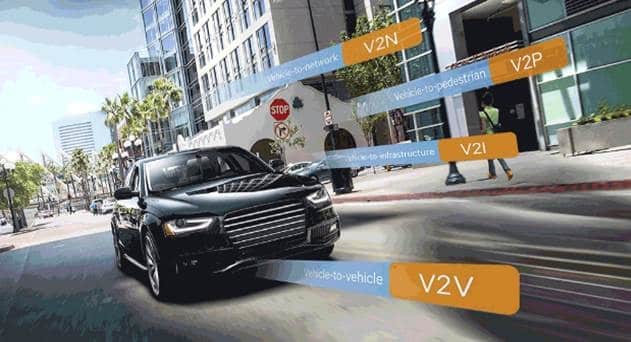While the IEEE 802.11p V2V standard delivers basic non-line-of-sight (NLOS) safety features, advanced V2V capabilities for sharing of raw vehicle sensor data and remote control of driverless cars will require enhanced Device-to-Device (D2D) and network-based cellular Vehicle-to-Vehicle (V2V) technologies to be defined in 5G standards.
ABI Research forecasts that 5G cellular V2X connections based on end-to-end network slicing will exceed 10 million by 2027.
“However, the overall momentum created by the mobile ecosystem will drive uptake of 4G cellular V2X implementations competing directly with IEEE 802.11p before 2020 with Qualcomm’s 9150 C-V2X chipset available for commercial sampling in the second half of 2018. From a complementary and redundancy point of view, the coexistence of both technologies is a likely scenario though implementations may differ between regions and car OEMs,” says Dominique Bonte, Vice President at ABI Research. “Due to incompatibility, both technologies will be required to reach high penetration levels to be relevant, though V2I services can provide preliminary benefits.”
A wide consensus has been reached among automotive players around the need for V2X in terms of adding non-line of sight collective perception capabilities guaranteeing safe operation of driverless vehicles but also supporting future cooperative mobility requirements. Euro NCAP is planning to add V2X to its safety rating framework by 2020.
However, competition between both sets of V2X standards might still result in a tech battle that risks slowing down adoption. The automotive industry seems increasingly divided in two camps with GM, Toyota and VW and many Tier One suppliers backing DSRC, while Audi, BMW, Ford and others support cellular V2X through the 5G Automotive Association (5GAA). The timing of deployments will depend on multiple factors including the resolution of spectrum sharing issues, the nature of the V2V mandate in the U.S., 5G standardization, and regional ITS frameworks.


















